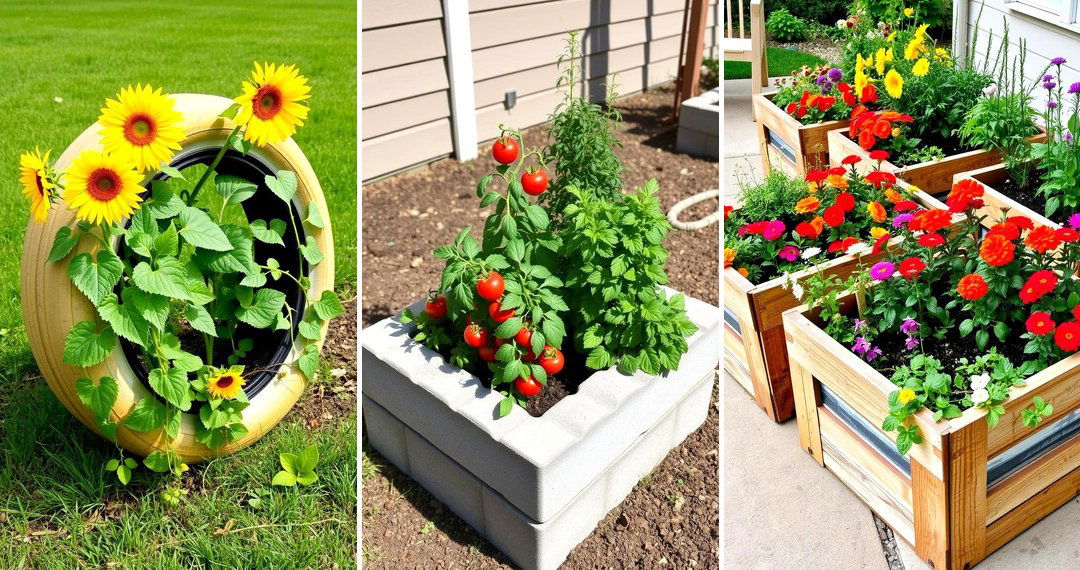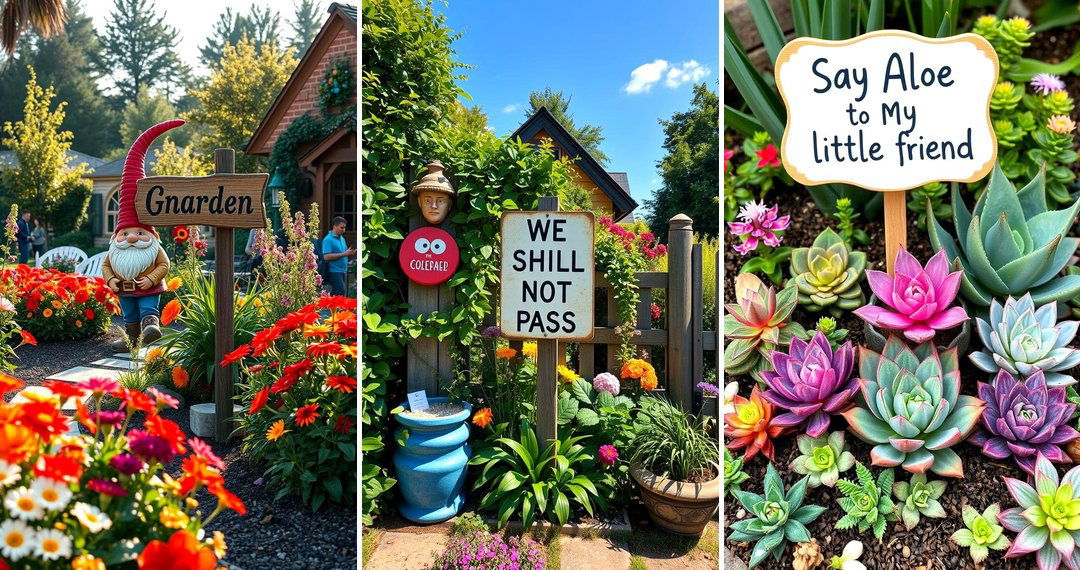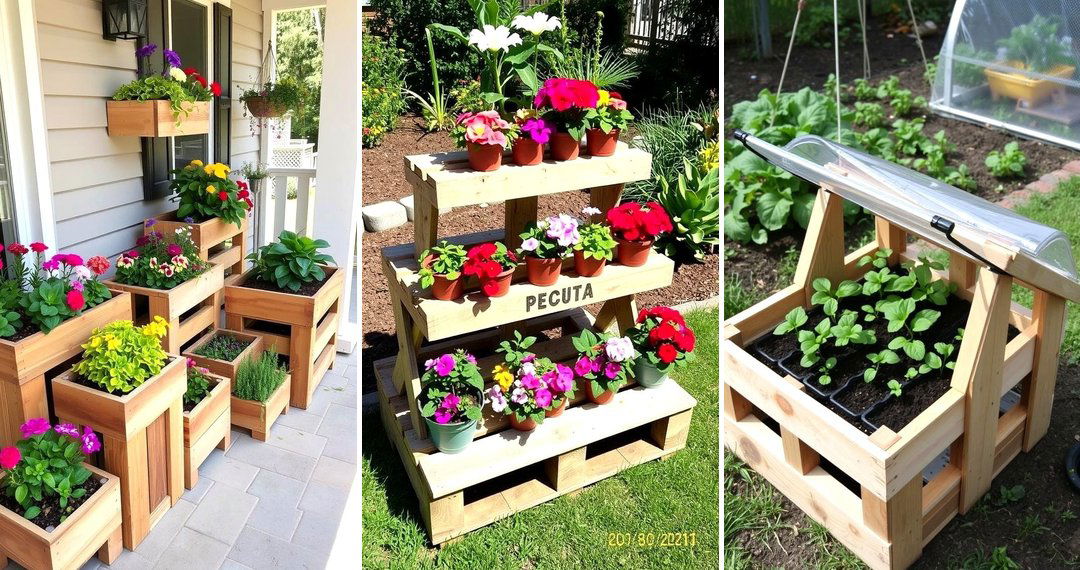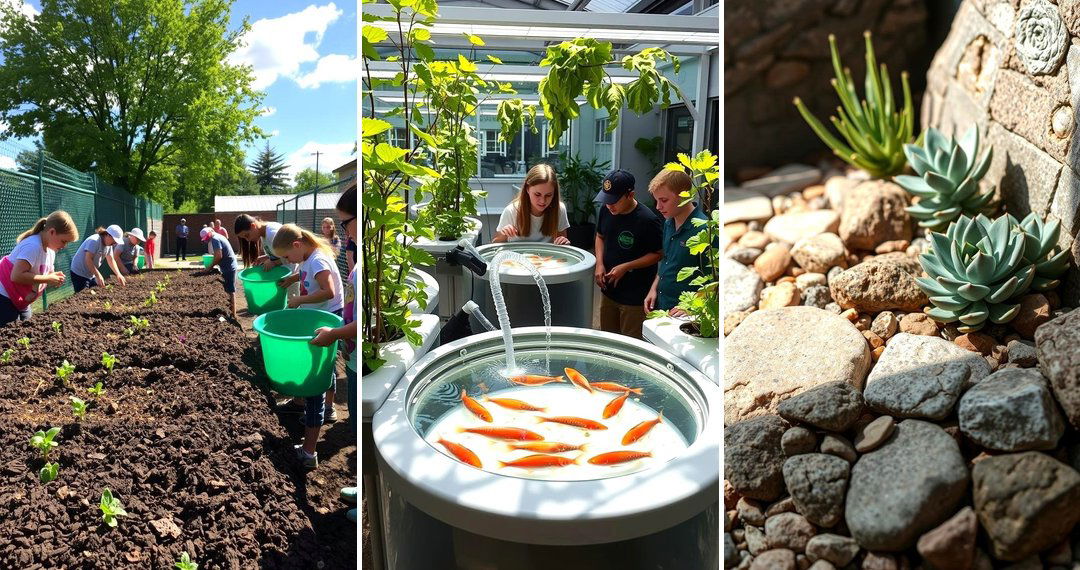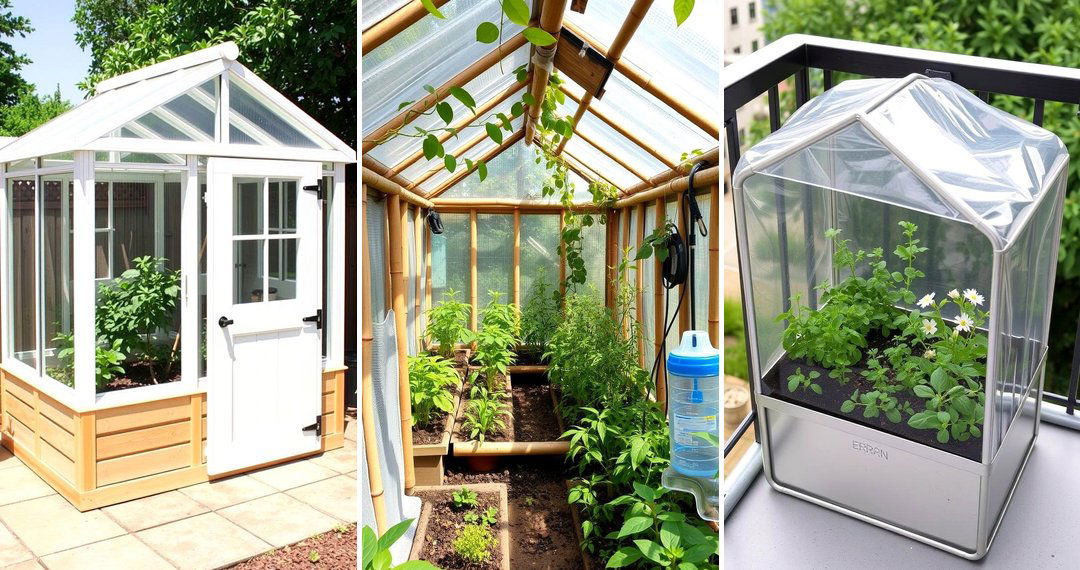Embarking on the journey of creating a vibrant and productive garden doesn't always require vast stretches of land. In fact, the ingenious concept of raised garden beds offers a fantastic solution for gardeners of all levels, from seasoned experts to curious beginners. These elevated structures bring a multitude of benefits, transforming gardening into an accessible and enjoyable experience. Whether you're looking to maximize a small urban space, improve soil conditions, or simply make gardening more comfortable, exploring the world of raised garden bed ideas opens up a realm of creative possibilities. Let's delve into some inspiring concepts that can help you cultivate the garden of your dreams with these 24 raised garden bed ideas.

1. Classic Wooden Box Bed

The quintessential raised garden bed often takes the form of a simple wooden box. For many gardeners, this design offers an easy and cost-effective way to get started. Bringing a touch of rustic charm to any outdoor space, these beds are typically constructed from untreated lumber or rot-resistant wood like cedar or redwood. Also, the straightforward construction allows for customization in size and shape, fitting perfectly into various garden layouts. With proper care, a classic wooden box bed can provide years of gardening enjoyment, offering excellent drainage and soil control for a wide variety of plants.
2. Pallet Wood Raised Bed

Looking for a budget-friendly and sustainable option? Consider repurposing old wooden pallets into raised garden beds. Take apart the pallets and use the planks to build simple rectangular or square beds. Another great aspect is that this approach not only saves money but also gives discarded materials a new lease on life. With a bit of creativity and effort, you can transform weathered pallet wood into charming and functional planting spaces. Remember to check for any chemical treatments on the pallets before using them for edible plants to ensure safety.
3. Metal Raised Garden Bed
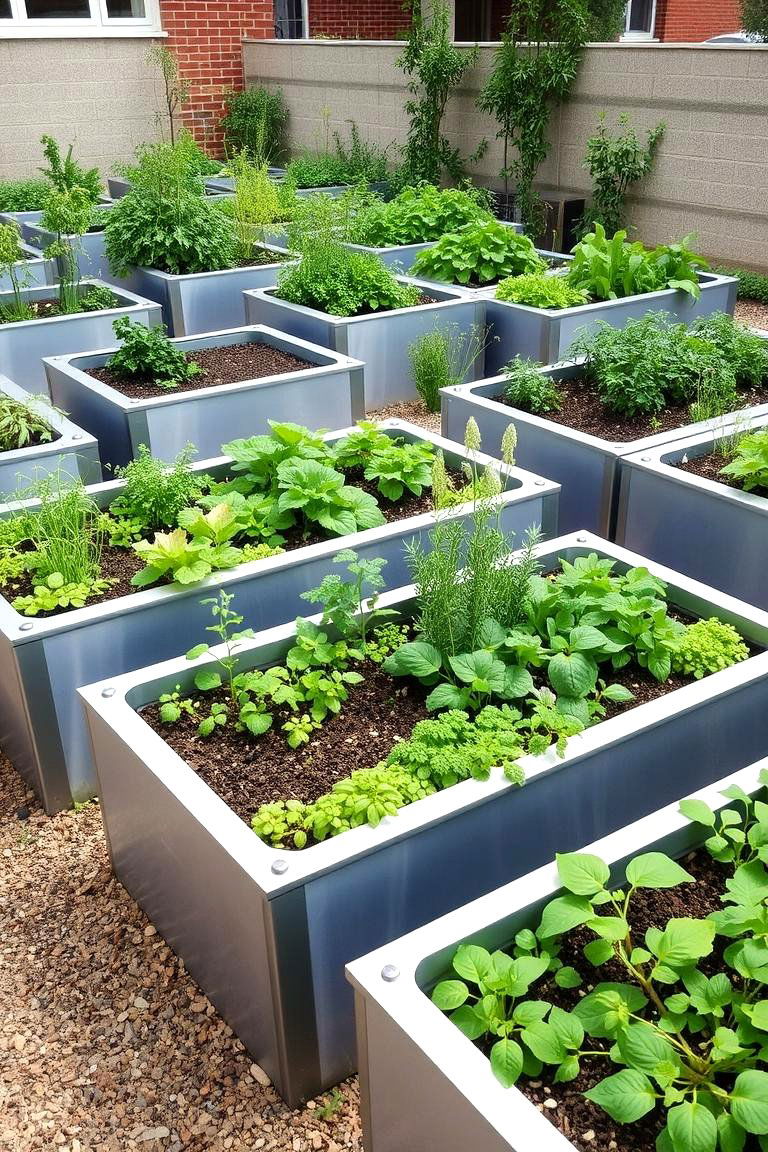
For a more modern and durable aesthetic, metal raised garden beds are an excellent choice. These beds, often made from galvanized steel or aluminum, offer exceptional longevity and resistance to rust and corrosion. The sleek lines and industrial look can complement contemporary garden designs beautifully. Furthermore, metal beds heat up quickly in the spring, which can be advantageous for certain plants. With their robust construction, metal raised garden beds can withstand the elements and provide a stable growing environment for years to come.
4. Stone or Brick Raised Bed
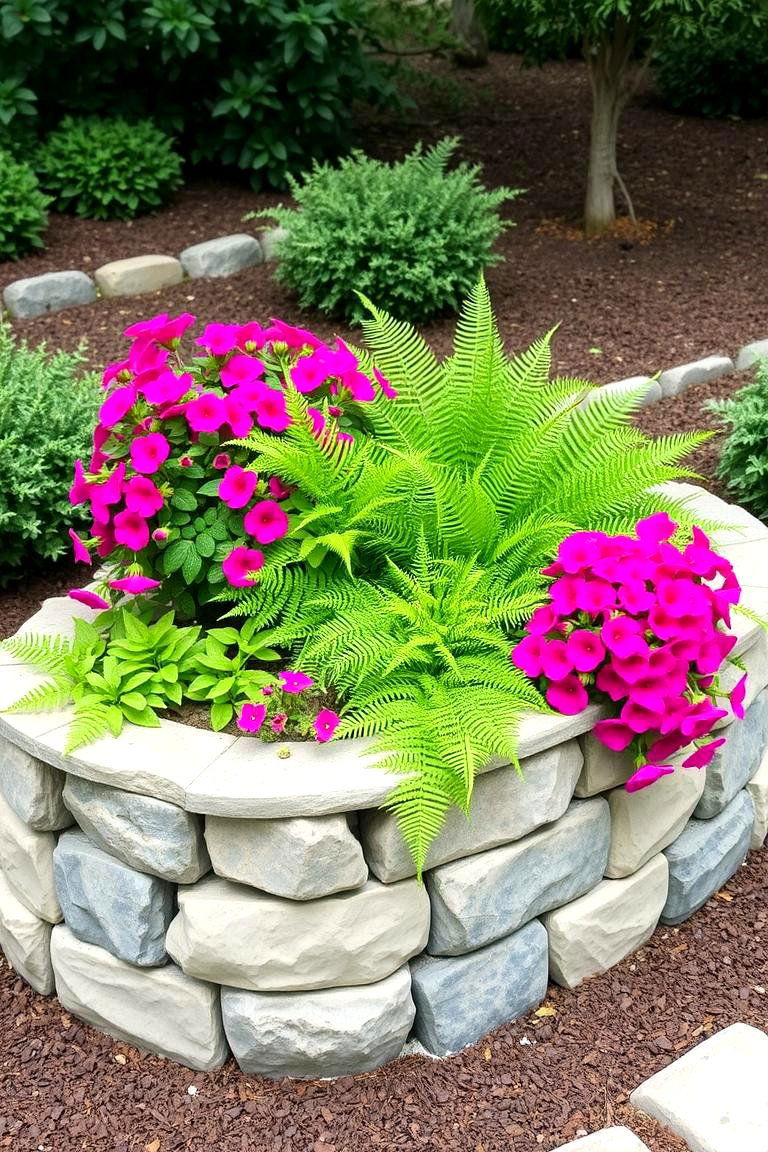
Consider a more permanent and visually striking option with raised garden beds constructed from stone or brick. These materials lend a sense of timeless elegance and durability to your garden. Building with stone or brick requires more effort and potentially higher costs, but the resulting beds are incredibly long-lasting and can become a beautiful focal point in your landscape. Additionally, the thermal mass of stone and brick can help regulate soil temperature, providing a stable environment for plant roots.
5. Woven Willow Raised Bed

For a truly natural and artistic touch, explore the idea of woven willow raised garden beds. Using flexible willow branches, you can weave together a rustic and charming container for your plants. This technique creates a visually appealing and eco-friendly bed that blends seamlessly into natural garden settings. However, keep in mind that willow is a natural material and will eventually decompose over time, so these beds may not be as long-lasting as some other options.
6. Tiered Raised Garden Bed

Maximize your planting space and add visual interest with a tiered raised garden bed. These multi-level structures allow you to grow different types of plants with varying sunlight and drainage needs. For instance, you could plant herbs and strawberries on the top tier, while deeper-rooted vegetables thrive on the lower levels. Moreover, tiered beds can be particularly useful in smaller gardens or on sloped terrain, making efficient use of vertical space.
7. Keyhole Raised Garden Bed
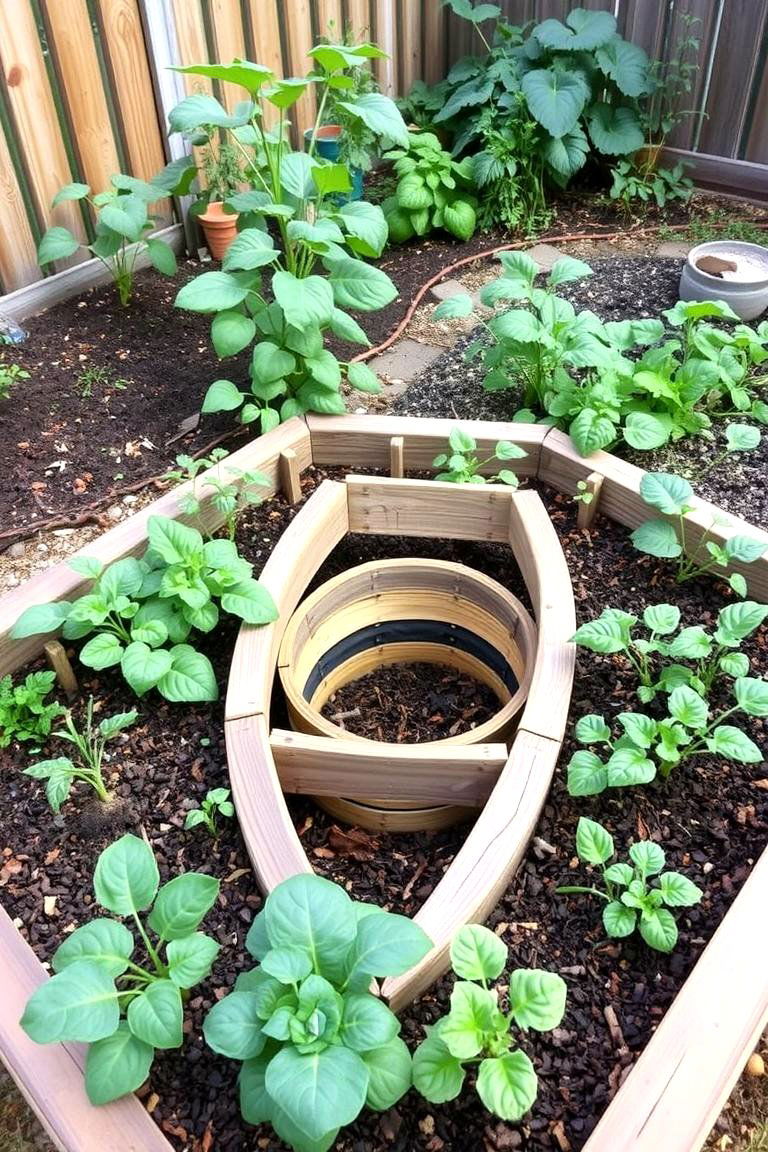
What if you could combine planting space with easy access for watering and composting? A keyhole raised garden bed features a central composting basket that allows you to directly feed nutrients to your plants as it decomposes. The unique keyhole shape provides easy access to all parts of the bed without stepping on the soil. This design is particularly beneficial for water conservation and creating nutrient-rich soil.
8. Vertical Raised Garden Bed

When space is truly limited, vertical raised garden beds offer an ingenious solution. These structures can be mounted on walls or fences, allowing you to grow a surprising amount of plants in a small footprint. For example, consider using stacked containers, hanging planters, or specially designed vertical frames to create a lush green wall. This is an ideal option for balconies, patios, or even small urban backyards.
9. Herb Spiral Raised Bed
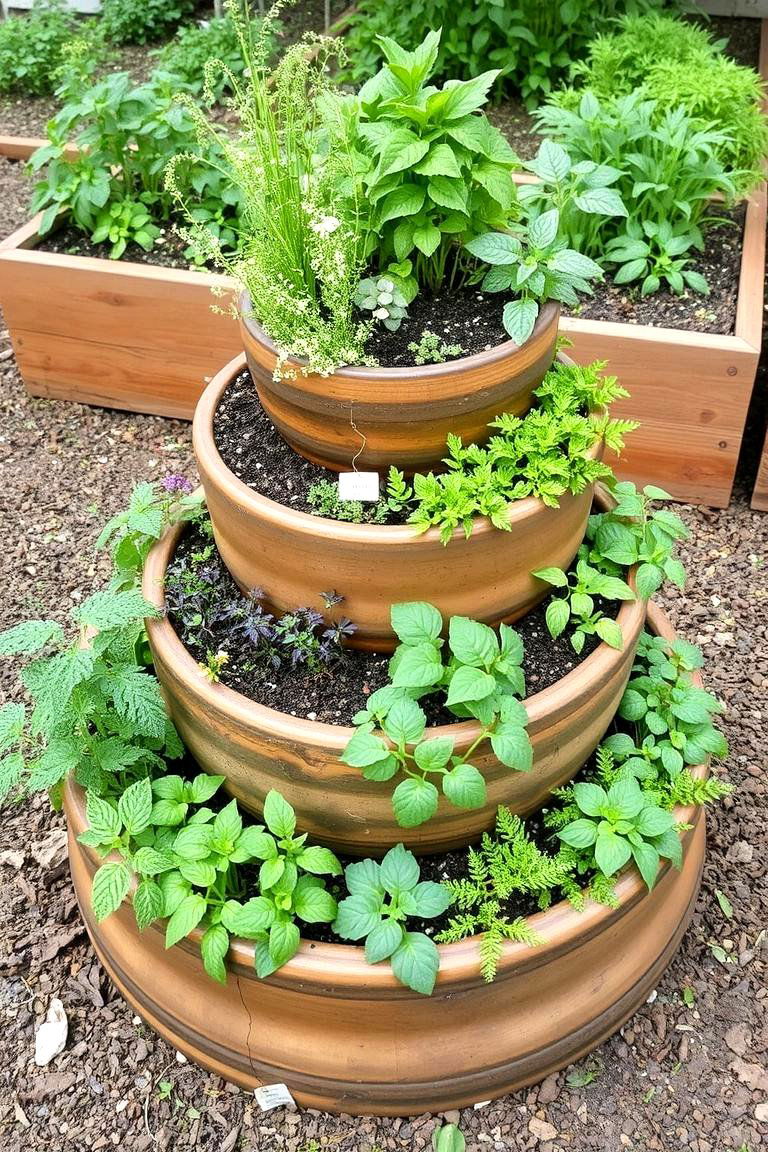
Another fantastic way to maximize space and cater to the specific needs of different herbs is with an herb spiral raised bed. This design creates microclimates within the spiral, with the top being drier and sunnier, ideal for Mediterranean herbs like rosemary and thyme, while the lower levels retain more moisture, perfect for mint and parsley. The spiral shape also adds an attractive architectural element to your garden.
10. Concrete Block Raised Bed
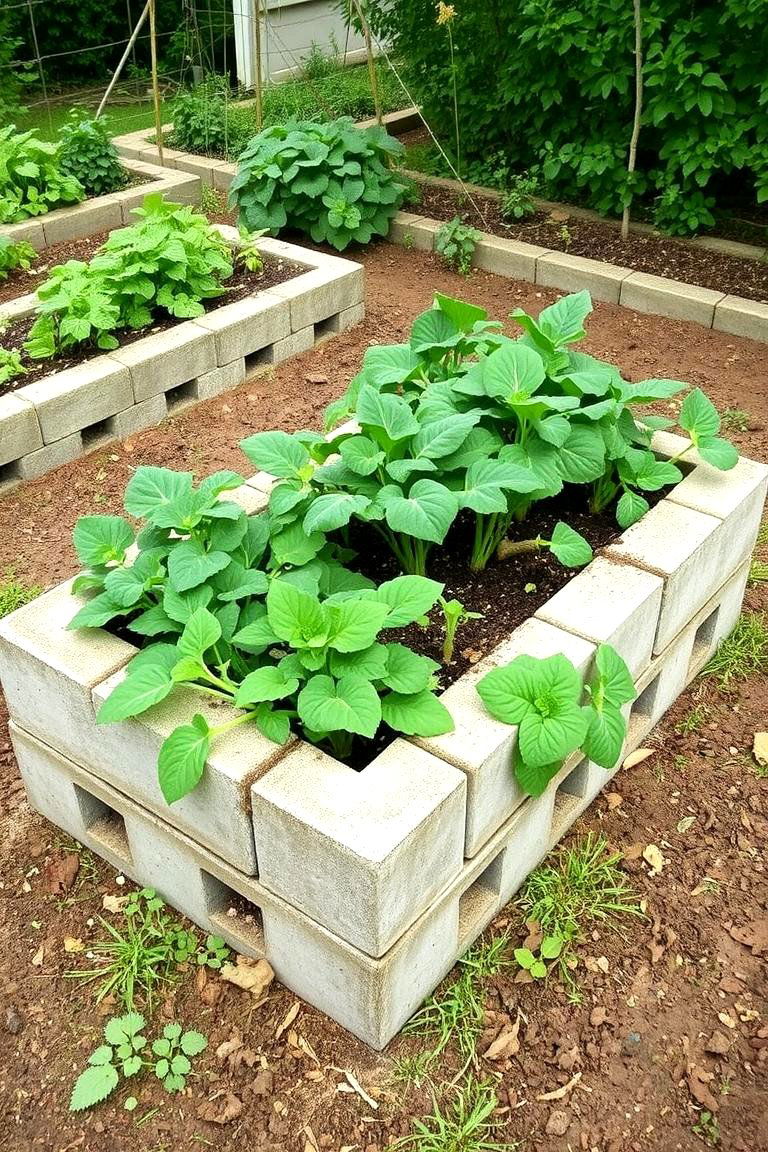
For a sturdy and affordable option, consider using concrete blocks to build your raised garden beds. These blocks are readily available, easy to assemble, and offer excellent durability. You can arrange them in various shapes and sizes to suit your needs. Additionally, the hollow centers of the blocks can even be used for planting smaller herbs or flowers, adding another layer of functionality.
11. Elevated Raised Garden Bed with Legs
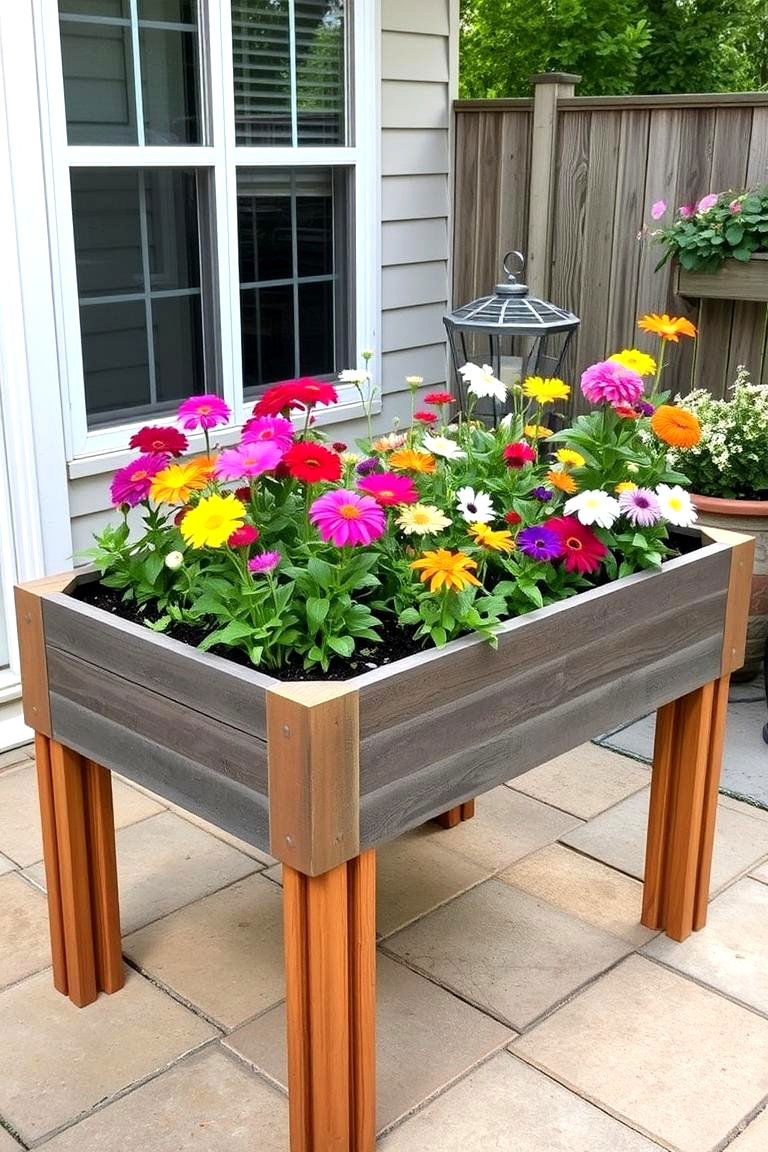
If bending or kneeling is a challenge, an elevated raised garden bed with legs can make gardening much more comfortable. These beds are raised off the ground, bringing your plants to a more accessible height. This is particularly beneficial for gardeners with mobility issues or those who prefer to garden while standing or sitting on a stool. They also help protect plants from ground-level pests.
12. Self-Watering Raised Garden Bed
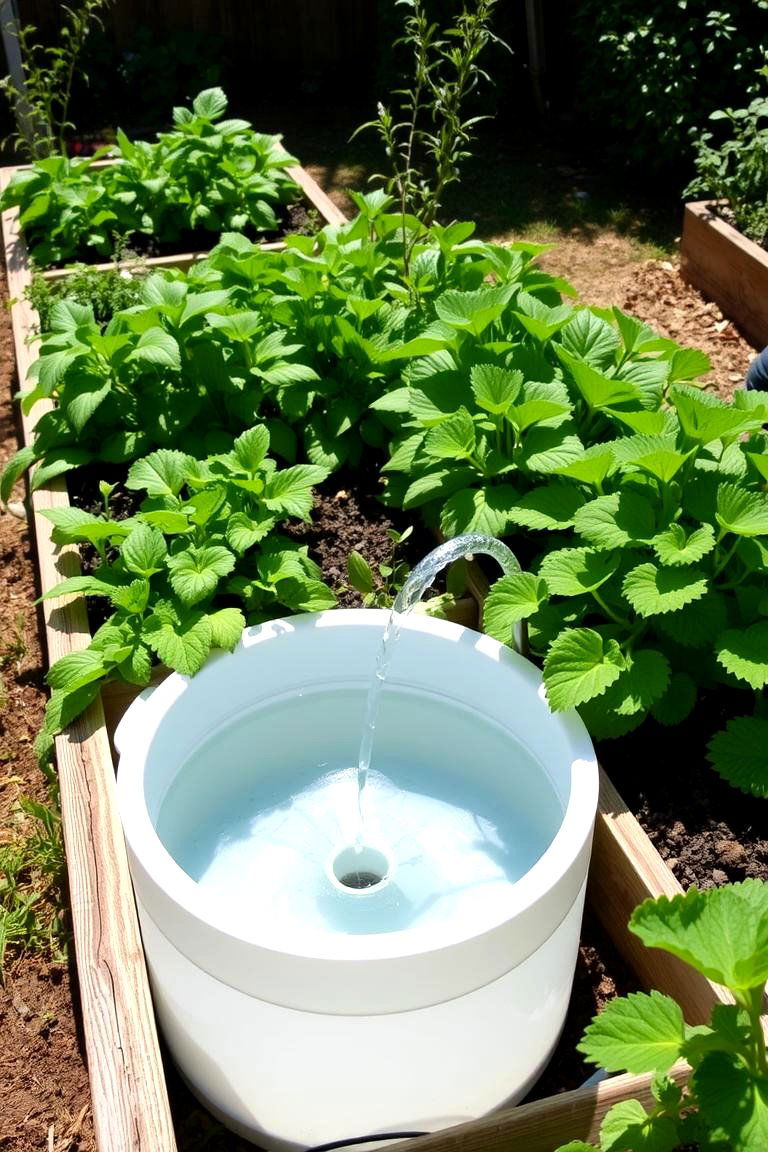
For busy gardeners or those in drier climates, a self-watering raised garden bed can be a game-changer. These beds are designed with a reservoir at the bottom that slowly releases water to the plant roots, reducing the need for frequent watering. This not only saves time and water but also helps to maintain consistent soil moisture levels, promoting healthy plant growth.
13. Straw Bale Raised Bed

Looking for a unique and temporary raised garden bed? Consider using straw bales as planters. Simply hollow out the center of the bale and fill it with compost and planting mix. Straw bale gardens are easy to set up and can be particularly useful for improving poor soil conditions. As the straw decomposes, it adds valuable organic matter to the soil.
14. Tire Raised Garden Bed
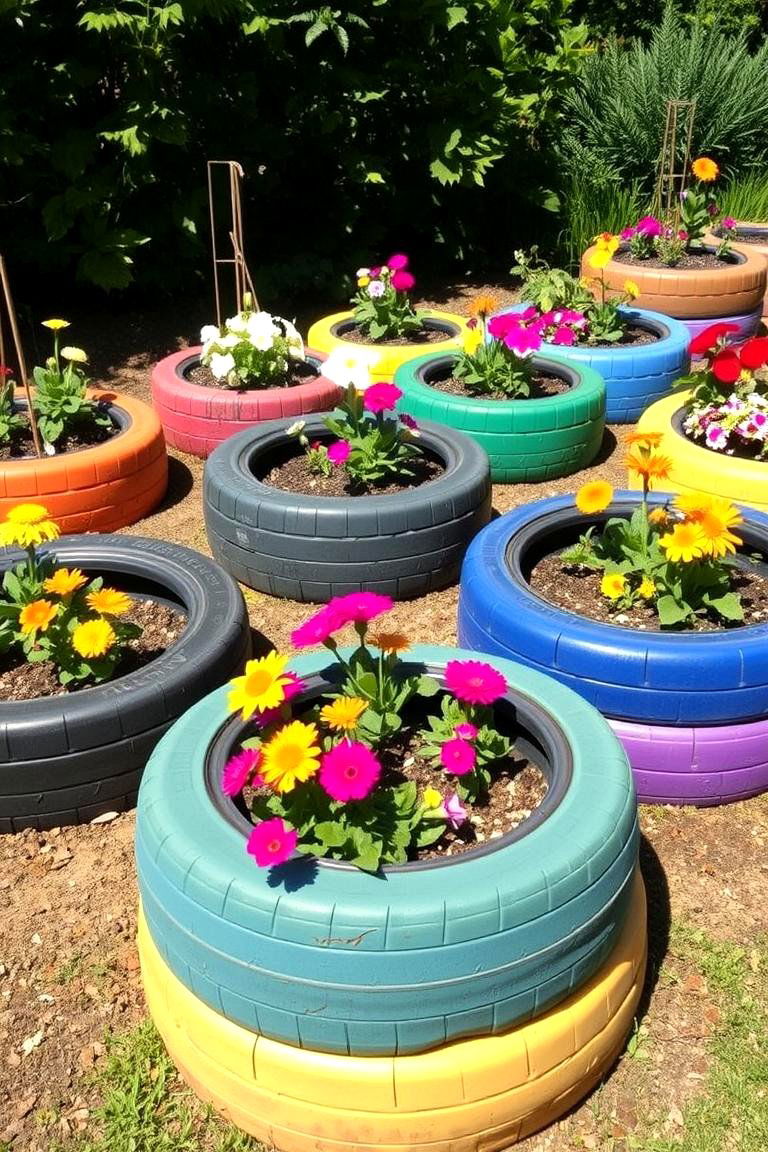
Repurpose old tires into colorful and quirky raised garden beds. This is a great way to recycle and add a touch of whimsy to your garden. Be sure to choose tires that haven't been treated with harmful chemicals, especially if you plan to grow edible plants. Painting the tires in bright colors can add a fun and playful element to your outdoor space.
15. Gabion Raised Garden Bed
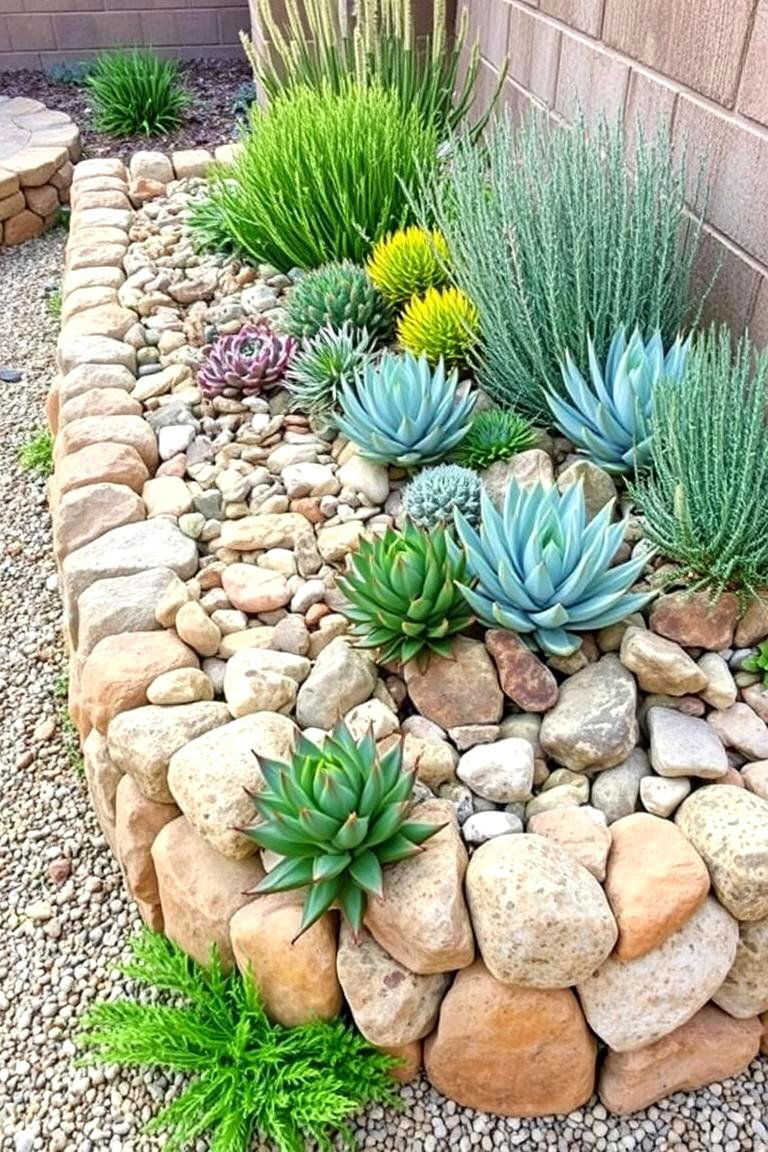
For a robust and industrial-chic look, consider gabion raised garden beds. These are constructed using wire cages filled with rocks or other heavy materials. Gabion beds are incredibly durable and provide excellent drainage. They can also be used to create retaining walls or other landscaping features in addition to planting beds.
16. Fabric Raised Garden Bed

Fabric raised garden beds, often referred to as grow bags, are a lightweight and portable option. Made from durable fabric, these beds offer excellent aeration for plant roots and promote healthy growth. They are easy to set up, move around, and store when not in use. Fabric beds also tend to drain well, preventing waterlogging.
17. Plastic Container Raised Bed

Don't underestimate the versatility of plastic containers for creating raised garden beds. Large plastic tubs, storage bins, or even repurposed water tanks can be transformed into functional planters. Ensure that the containers are food-grade if you plan to grow edibles and that they have drainage holes to prevent water buildup.
18. Floating Raised Garden Bed (Pond or Water Feature)
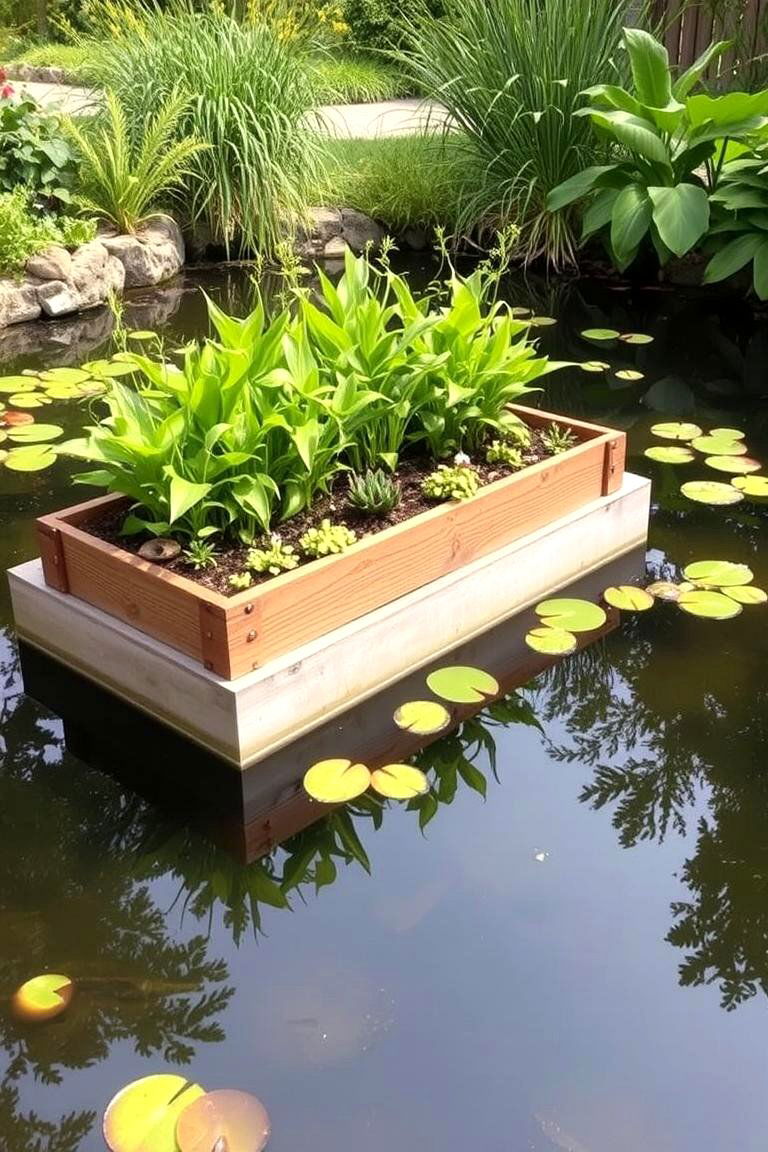
For a unique and visually captivating garden feature, consider a floating raised garden bed for your pond or water feature. These beds are typically made from buoyant materials and can add a touch of greenery to aquatic environments. Choose plants that tolerate moist conditions. This innovative idea can transform a simple water feature into a dynamic and beautiful ecosystem.
19. Hügelkultur Raised Garden Bed
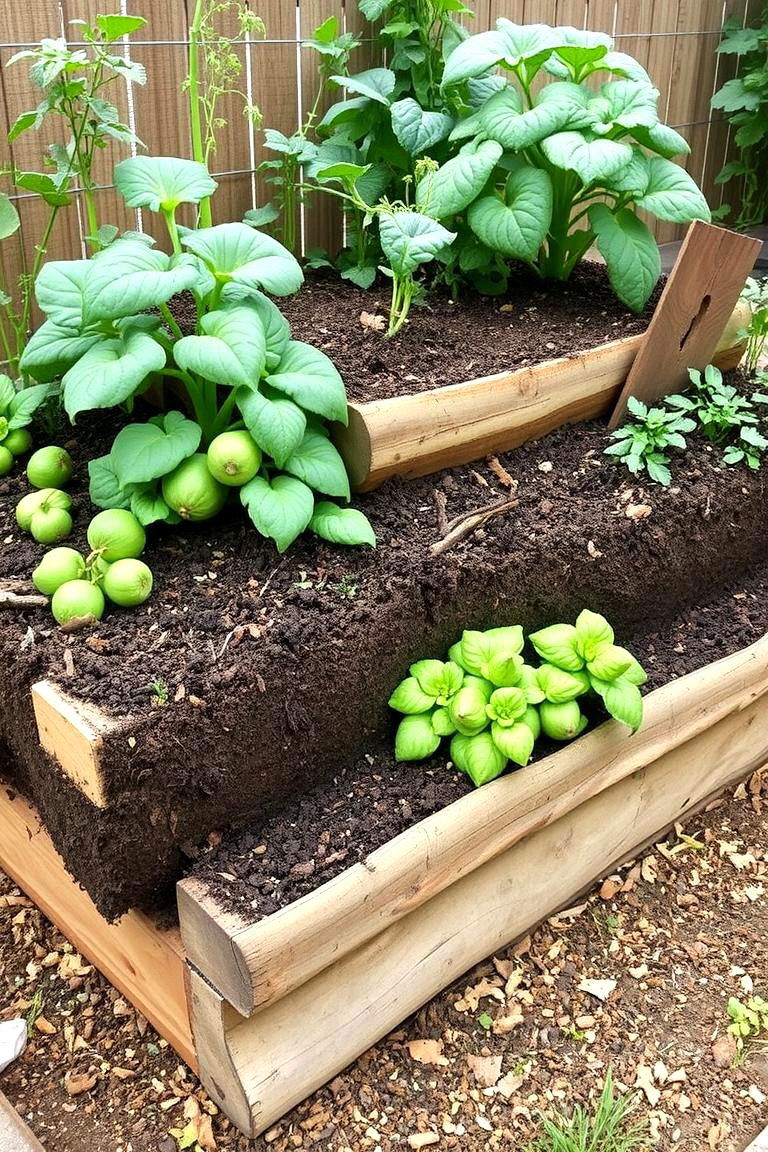
Embrace the principles of natural decomposition with a Hügelkultur raised garden bed. This method involves burying woody debris, branches, and other organic matter under a layer of topsoil and compost. As the wood decomposes, it retains moisture and slowly releases nutrients, creating a rich and self-sustaining growing environment.
20. Keyhole Garden with Integrated Bench
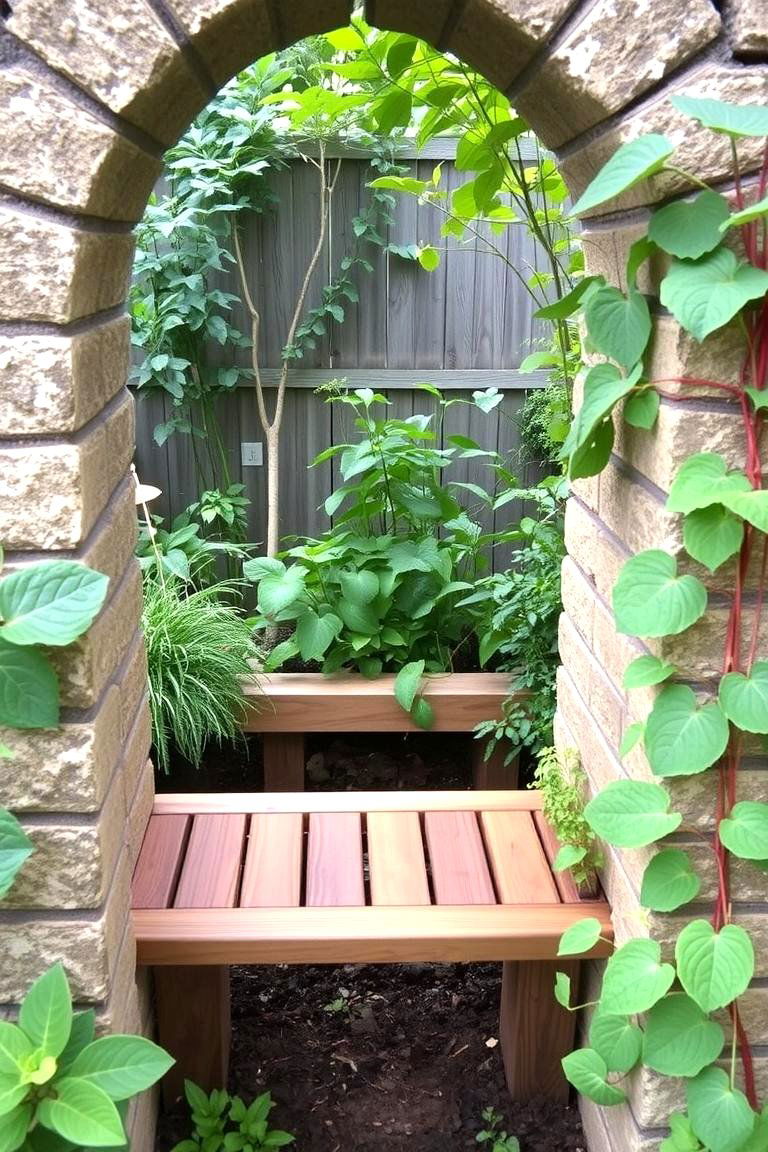
Enhance the functionality of your keyhole garden by incorporating an integrated bench. This design allows you to comfortably sit and tend to your plants, making gardening even more accessible and enjoyable. The bench can be built as part of the garden structure, providing a convenient resting spot.
21. Mobile Raised Garden Bed on Wheels
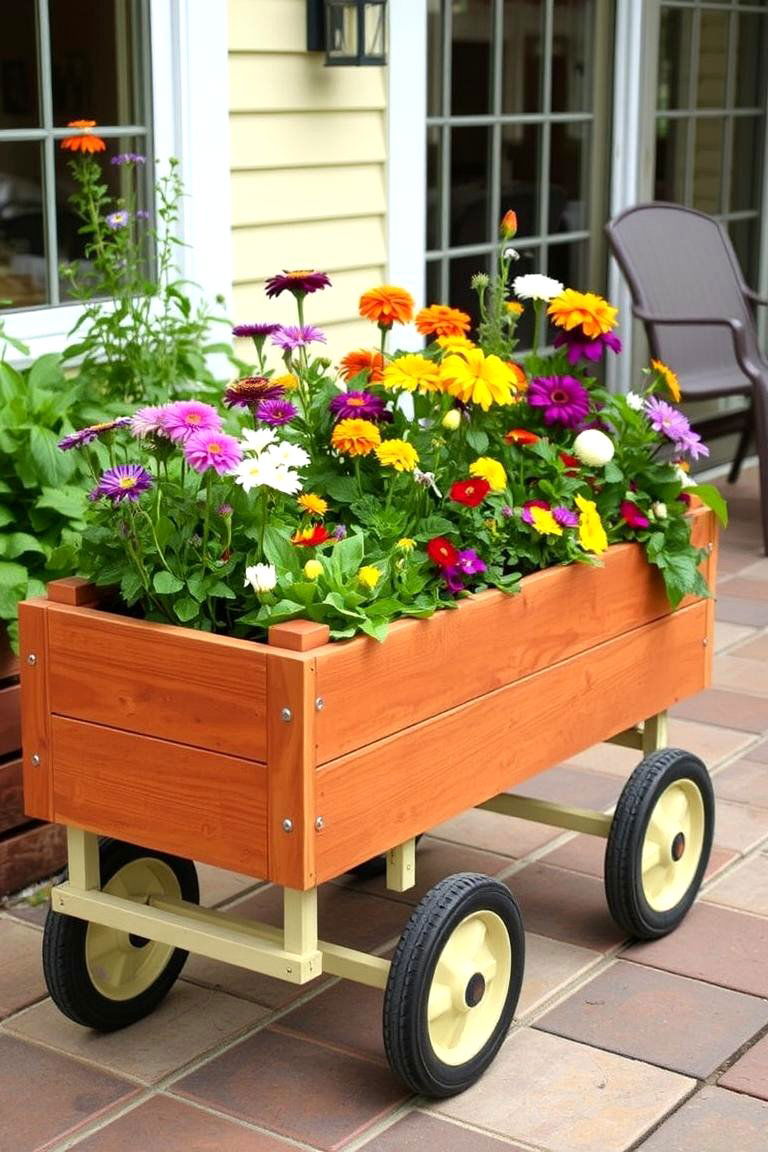
For gardeners who like flexibility, a mobile raised garden bed on wheels is a fantastic option. These beds can be easily moved around to follow the sun, find shelter from harsh weather, or simply rearrange your outdoor space. This is particularly useful for small spaces or for those who rent their homes.
22. Terraced Raised Garden Bed on a Slope
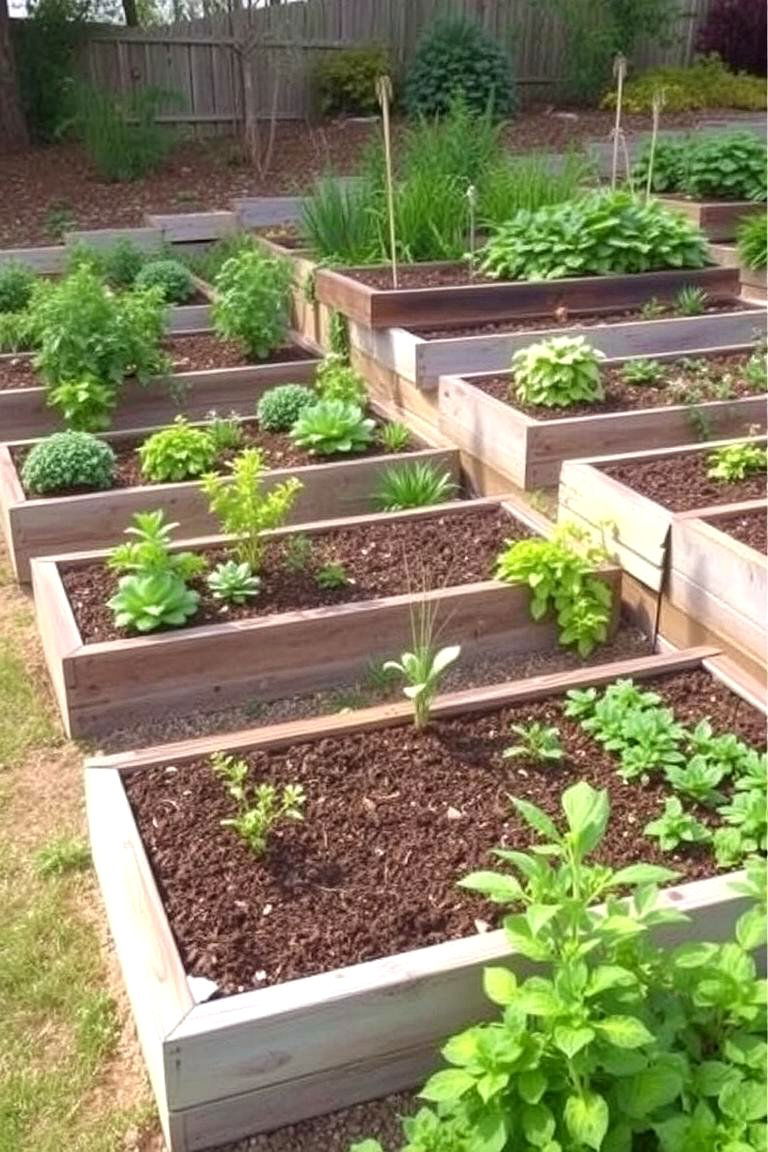
If your garden has a slope, embrace the terrain by creating terraced raised garden beds. This not only helps to prevent soil erosion but also creates multiple level planting areas, maximizing your usable space. Terraces can be constructed using various materials like wood, stone, or concrete blocks.
23. Indoor Raised Garden Bed with Grow Lights
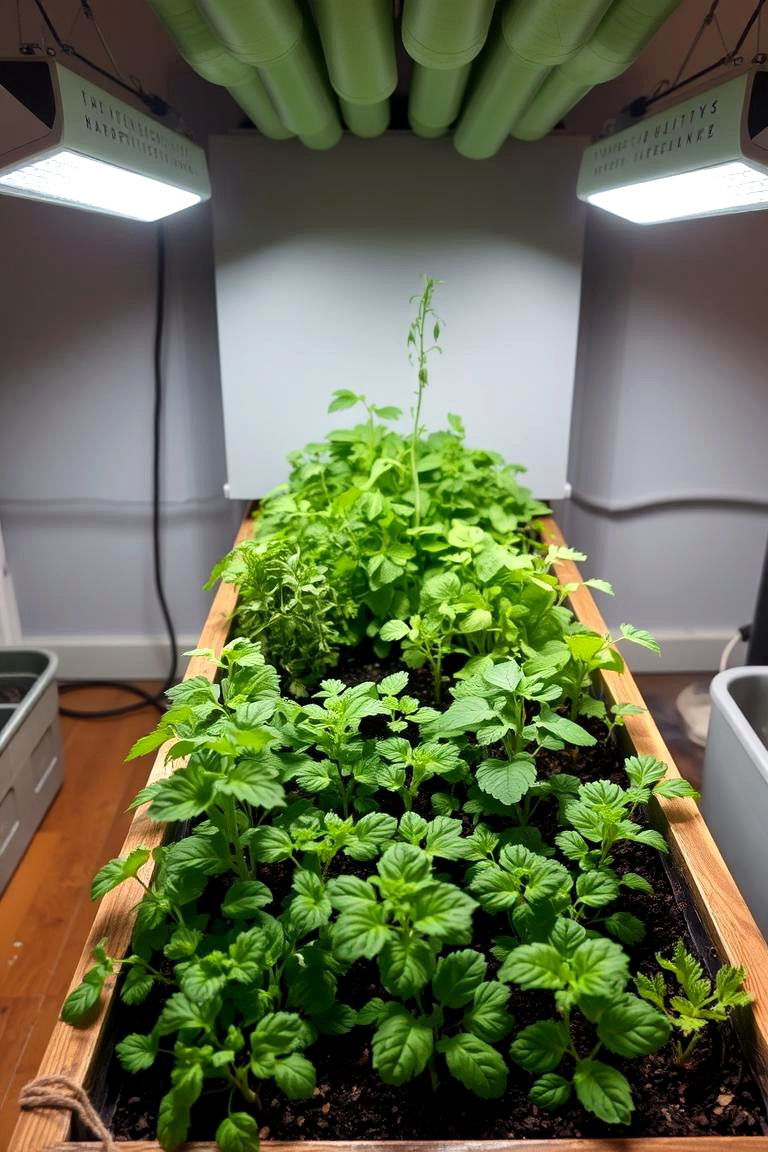
Bring the joy of gardening indoors with an indoor raised garden bed equipped with grow lights. This allows you to grow fresh herbs, vegetables, or flowers year-round, regardless of the weather outside. Choose a suitable container and provide adequate drainage and lighting for your chosen plants.
24. Community Raised Garden Bed

Consider joining or starting a community raised garden bed. This provides a shared space for multiple gardeners to cultivate their own plots, fostering a sense of community and providing access to gardening for those who may not have their own land. It's a great way to share knowledge, resources, and the joy of gardening.
Conclusion:
Exploring these 24 raised garden bed ideas reveals the incredible versatility and adaptability of this gardening method. From simple wooden boxes to innovative self-watering and vertical designs, there's a raised bed solution to suit every gardener's needs, space constraints, and aesthetic preferences. Embracing raised garden beds not only simplifies the gardening process but also enhances plant growth, improves soil management, and adds beauty to any environment. As you consider your next gardening project, remember the numerous benefits and creative possibilities that come with choosing raised garden beds. Take inspiration from these 24 Raised Garden Bed Ideas and embark on a rewarding journey of cultivating your own thriving oasis.


